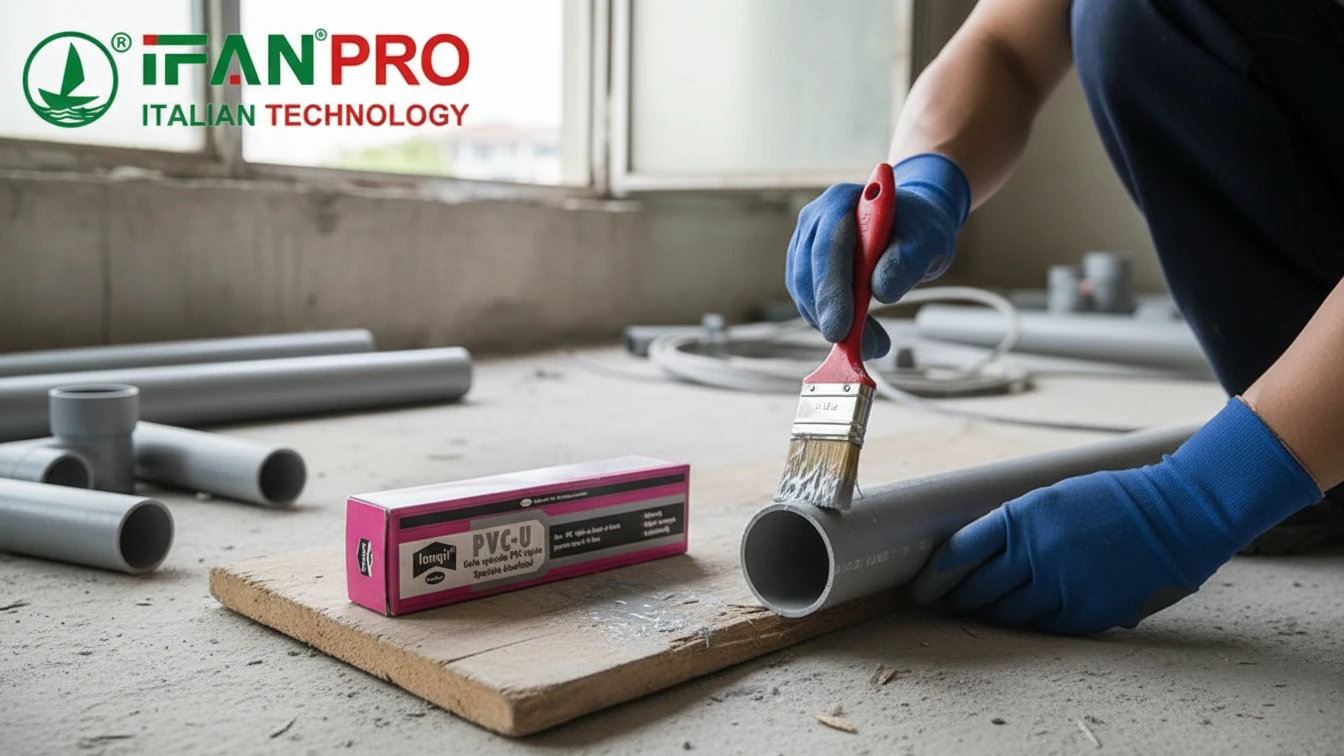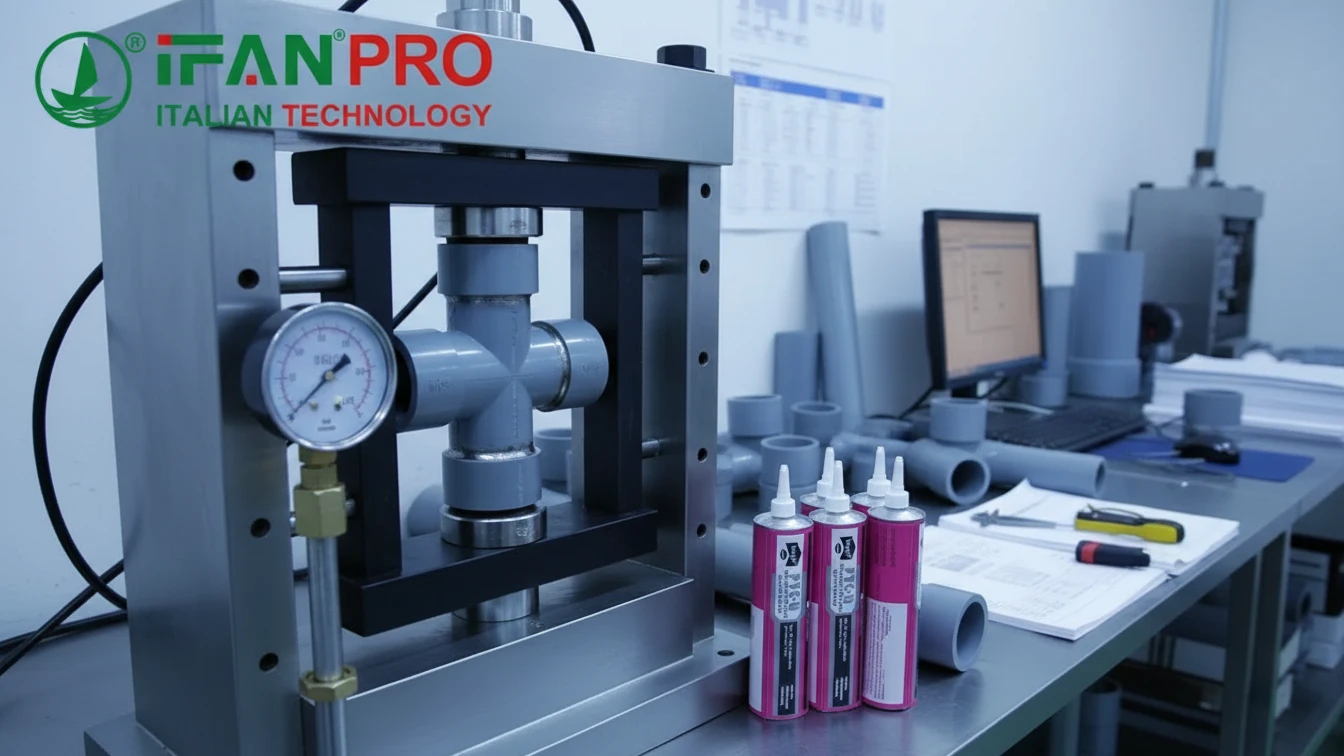Table des matières
隐藏
1. Introduction: The Foundation of a Reliable Underfloor Heating System
- Explain the critical role of floor heating water pipes in delivering consistent, energy-efficient warmth.
- Highlight common pain points: leaks, thermal inefficiency, and short lifespan due to low-quality pipes.
- Position high-quality pipes as a long-term investment for residential, commercial, and industrial projects.
2. Key Features of Premium Floor Heating Water Pipes
- Material Excellence for Durability & Performance:
- PEX (Cross-Linked Polyethylene): Flexibility, freeze resistance, and resistance to chemical corrosion (ideal for radiant heating).
- PERT (Polyethylene of Raised Temperature Resistance): High-temperature tolerance (up to 80°C), anti-aging properties, and easy installation.
- PB (Polybutylene): Exceptional flexibility and weldability, though less common in modern systems.
- Structural Design for Optimal Heat Transfer:
- Multi-layer construction (e.g., PEX-AL-PEX) for improved oxygen barrier and pressure resistance.
- Smooth inner walls to minimize flow resistance and reduce energy loss.
- Certifications & Standards to Look For:
- Compliance with EN 12201 (European), ASTM F1281/F1282 (North American), or GB/T 18992 (Chinese) standards.
- Third-party testing for burst pressure (≥10 bar at 95°C) and long-term creep resistance.
3. Choosing the Right Pipe for Your Project: Material Comparison & Applications
| Material | Temperature Range | Advantages | Best For |
|---|---|---|---|
| PEX-A | -40°C to 95°C | Highest flexibility, freeze-resistant | Residential/high-moisture areas (e.g., bathrooms) |
| PERT II | -20°C to 80°C | Cost-effective, easy to bend on-site | Large-scale commercial projects (offices, hotels) |
| PEX-AL-PEX | -50°C to 110°C | Oxygen barrier, ideal for steel boilers | Industrial systems or hard-water regions |
- Residential Use: Prioritize flexibility and corrosion resistance for easy installation in concrete or wooden floors.
- Commercial/Industrial: Opt for high-pressure, high-temperature materials (e.g., PEX-AL-PEX) to withstand heavy-duty use.
- Renovation Projects: Consider pre-insulated pipes or slim-profile designs for retrofitting without major floor modifications.
4. How to Avoid Low-Quality Pipes: Red Flags & Buying Tips
- Warning Signs of Substandard Products:
- Lack of clear material certifications or vague product specifications.
- Unusually low prices (quality pipes cost $0.5–$1.5 per meter; too-cheap options may use recycled materials).
- Brittle texture or inconsistent wall thickness (test a sample by bending—premium PEX should flex without cracking).
- Key Questions for Suppliers:
- “What is the pipe’s lifespan under continuous heating?” (Look for ≥50 years of guaranteed service).
- “Do you offer oxygen barrier options for systems with metal components?” (Oxygen ingress can cause corrosion in boilers/pumps).
- “Can I request a sample for material testing?” (Critical for bulk orders).

5. Why Partner with a Trusted Manufacturer for Floor Heating Water Pipes
- Factory-Direct Benefits:
- Eliminate middlemen markups while ensuring strict quality control (e.g., extrusion lines with laser thickness monitoring).
- Customization options: pipe diameter (16mm–32mm), color coding for easy installation, and coiled lengths (50m–500m rolls).
- Logistics & Support:
- Pre-shipment inspections (non-destructive pressure tests, dimensional checks).
- Technical documentation: thermal conductivity data, installation guides, and compatibility charts for fittings (e.g., compression, push-fit, or welding types).
- Case Study: How a German Contractor Reduced Callbacks by 40%
- Highlight a client who switched to PERT II pipes with a 10-bar pressure rating, eliminating leaks in a hotel project.
6. Ready to Source High-Quality Floor Heating Water Pipes? Key Steps to Take
- Step 1: Define Your Project Requirements:
- List operating temperature, pressure, pipe length, and installation method (screed, overlay, or staple-up).
- Step 2: Request Samples & Certifications:
- Test flexibility, heat resistance, and compatibility with your local climate (e.g., freeze-thaw cycles in cold regions).
- Step 3: Compare Suppliers:
- Evaluate MOQs (look for low minimums like 1000m for small projects), lead times (2–4 weeks for standard orders), and after-sales support.
7. Call to Action: Secure Your Project with Premium Floor Heating Pipes
- Encourage readers to:
- Visit your website to explore certified PEX, PERT, and PEX-AL-PEX pipe options (link to product pages).
- Download a free PDF guide: “10 Questions to Ask Your Floor Heating Pipe Supplier” (gate with email capture for lead generation).
- Contact your team for a customized quote, including free samples and technical drawings for complex projects.
Conclusion: Invest in Quality for a Lifetime of Efficient, Reliable Heating
Reinforce that high-quality floor heating water pipes are non-negotiable for avoiding costly repairs and maximizing energy efficiency. Position your brand as a partner who understands technical requirements and delivers tailored solutions, whether for a cozy home or a massive industrial facility.













Commentaires récents